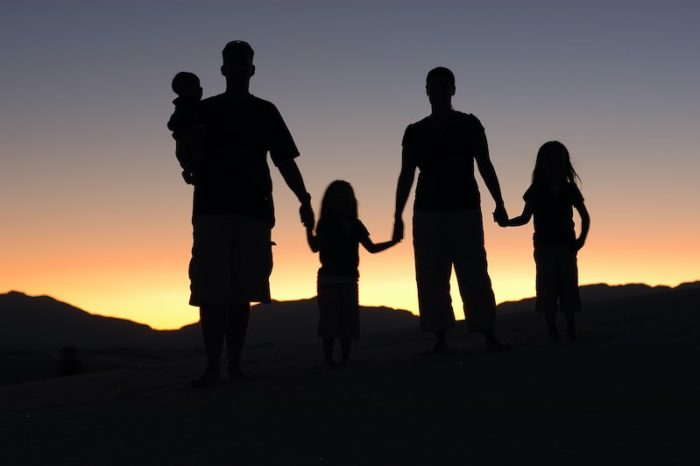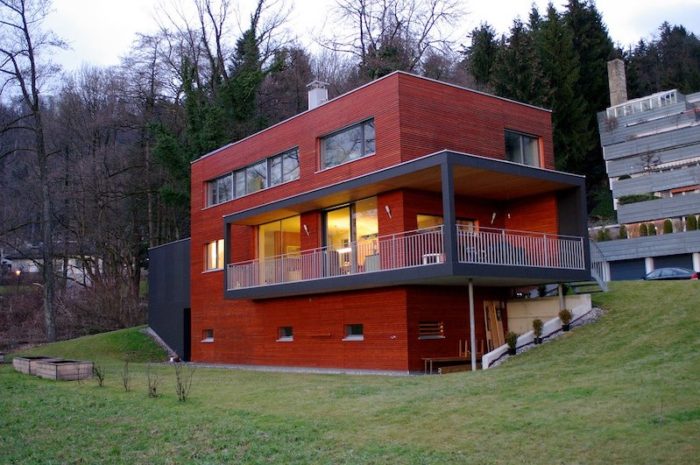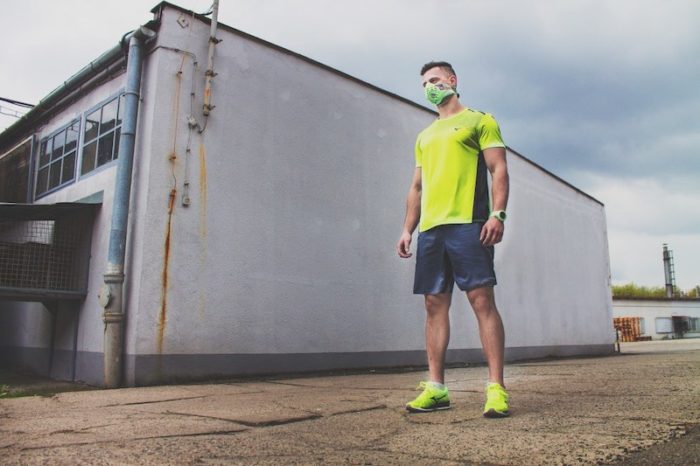Three Design-Build steps to create a safer, healther home for your family


As the world watches this international health crisis develop from the confinement of our homes, attention is turning towards making our homes safe for ourselves, family, children, and parents.
How do you accomplish this in these unprecedented and challenging times?
I wanted to share with you the top tips from the New England Design & Construction team based on our experience. We have families of our own we love and care for — and frankly if we have had the opportunity to work with you we consider you family as well. We recommend these actions to potentially increase the safety and comfort of those living in your home and protect them against potential health issues.
1. Increase the air quality in your home.

Air quality is a broad and a very key component when it comes to your health. This is apparent now more than at any time in our lifetime.
Joe Allen, a Harvard assistant professor of exposure assessment science says:
“Buildings can play an important role in minimizing the risk presented by different modes of disease transmission. One simple design element that can make a big difference is the quality of air ventilation. By investing in better mechanical air filtration systems to reduce airborne particles, fewer forms of disease will be able to spread. Heightened awareness and concern about disease transmission could impact the indoor air quality standards that already exist.”
So for those that have a forced air system, improving the air filters is a great place to start towards improving air quality. Fresh, filtered air has an obvious and distinct health benefit when compared to recirculated air (like you’d experience on an international plane flight). In many homes the only way to get fresh air is to open a window, which causes you to lose energy.
A great way to bring fresh and filtered air into your home is through a heat recovery ventilation system (HRV). An HRV uses two fans within the unit to push out household air and bring in fresh air, while also heating or cooling the air coming in so it’s a comfortable temperature.
Passive homes

The topic of HRVs leads us towards the implementation of systems which align to what’s known as a passive house. Stated simply — a passive house reduces energy consumption up to 90% and creates a constant comfortable temperature passively (without mechanical means).
While the environmental and monetary benefits are straightforward, it’s the added mental and physical benefits that can be overlooked — and in these times are of paramount importance.
The system is designed and created to provide clean airflow, reducing the potential airborne spread of viruses, germs, or bacteria, and creating a healthier environment.
This results in a home that’s properly designed and built so it’s heated and cooled by the environment.
It’s immediately apparent why the passive home approach could have superior health benefits during the COVID-19 outbreak, and really at any time. You don’t want your family ingesting and breathing an occupants’ or guests’ potential illness or contamination inside your home.
A passive home is really an entire universe in and of itself. I’ll be covering this topic in full in an upcoming blog post dedicated properly to the subject.
2. Install touchless sensors and contactless entry points.

While already in existence in many other walks of life (vehicles, public restrooms and facilities, etc.) this is an innovative and key element to incorporate into the design of a home. If you’ve ever driven in a Tesla, you’re familiar with the experience of contactless entry. The same principles can be applied to your home and its exterior and interior spaces.
Doors and all entries within a home can now be fitted with components which open and allow access via proximity sensor or a smartphone app. This instantly can reduce the potential spread of bacteria and viruses which would be transmitted by contact from a common surface such as a doorknob or push plate.
This applies to external entrances to your home, — but also to bathrooms, interior spaces, garages, etc. Any space whereby one would normally enter via key or any form of physical contact can now be upgraded to contactless entry. Within your home, soap dispensers, hand dryers, and even refrigerator doors and kitchen appliances can be designed and fitted with such.
3. Upgrade to anti-microbial substances such as copper, brass, and surface paints.

It’s 2020 and we’ve come a long way on the topic of anti-microbial substances. And by this I mean substances (either natural or synthetic) that are used as practical design elements within a home to resist or kill microorganisms.
“An antimicrobial agent is defined as a natural or synthetic substance that kills or inhibits the growth of microorganisms such as bacteria, fungi and algae.” (www.sciencedirect.com)
To visit a concept put forward by Bisnow as regards the trend of hygienic surfacing:
“…certain stainless steels, copper and brass have antimicrobial properties, and could see increased use in designs. There could also be a move toward paints and coatings that also resist germs.” (www.bisnow.com)
This principle can be applied to kitchens, bathrooms, living rooms, and common areas, and can be incorporated tastefully into an original design or a refit of an existing space. At NEDC we can recommend and use paints and coatings that are increasingly germ resistant — offering further protection and peace of mind for you and your family.
A home for a healthier future
One can take action along all three of these lines, designing and building to incorporate the above aspects of air-quality, touchless sensors, and anti-microbial substances within a building framework that’s eco-friendly.
I offer this as a starting point on which immediate action can be taken.
I feel this is the direction homeowners and parents need to look to in these times. This current situation with humanity will affect the direction in which our culture designs and builds. I believe there will be an increased emphasis on quality and health in the creation of new homes and buildings and in the refit and renovation of those that already exist.
Myself and my team are here to answer any and all questions and assist you in any way we can to create a safe, productive home environment for your family. Contact us with any question you have.
Stay safe.
Love,
Dave
Refs:
https://passipedia.org/basics/what_is_a_passive_house
https://www.popularmechanics.com/home/interior-projects/how-to/a149/1275121/
